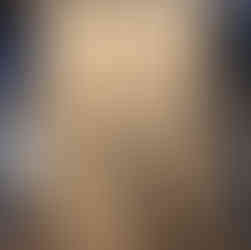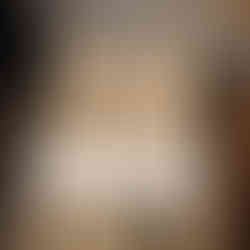Remodeling Wedding & Engagement Rings
- Becca Williams
- Apr 19, 2022
- 3 min read
Updated: Jul 30, 2023
This job involved amalgamating an antique engagement ring and a modern wedding ring set into a new pair of rings.
The modern engagement ring was so dainty that it had previously broken. It wasn’t hallmarked so I had it tested by the Birmingham Assay Office. Their testing revealed that it had been repaired with a much lower carat of gold than rest of the ring. At some point it had also lost its diamond which had been replaced with a CZ.
The owner had some older, inherited rings in her collection including this heavily worn platinum, diamond and 18ct yellow gold ring. The heavy botanical setting held a diamond just under 4mm which was perfect for replacing the CZ and making something with more of a link to the family history.

[left] antique diamond, platinum & 18ct yellow old ring [right] white gold & CZ rings
Re-working the gold:
I cut away the parts of the modern engagement ring which tested as below 14ct gold and melted them down with the matching wedding band. I also added some extra 14ct white gold grain to bring the weight for the piece up.
To add an accent of colour to the set the customer and I chose to re-use the band of the antique engagement ring. I melted these little bits of 18ct yellow gold together to form a tiny bead of metal:
Making new wire:
I rolled these new ingots of recycled metal out into new wire. The 14ct white gold was particularly trying, the combination of old, unknown alloys and new metal didn’t blend smoothly at all. Cracking occurred almost instantly until I began hammering the ingot between each roll, compacting the surface and gently drawing it out into a workable wire.
Shaping the new engagement ring
With the wire finally made I cut it into two lengths – one for the new wedding ring and one for the diamond engagement ring. I hammered out the end of one wire, both widening and tapering them to hold the new setting.
I slotted a new piece of 18ct white gold tube into the ring to hold the diamond.
I wanted the 18ct yellow gold accent to cut through the center of the ring. To hold it in place it seemed best to inset it into the tubular setting. I filed a groove in the base of the tube to fit the section of the yellow gold wire and soldered it into place.
The yellow gold wire provided a lot of stability for the design so I could keep everything straight as I added the setting into the ring. I held it all in place while soldering with cotter pins.
Fitting the new wedding ring
Once the new engagement ring was shaped I could fit the wedding ring. I drew around the engagement ring on a piece of paper and used that flat line to form the shape of the wedding band. First I filed a triangular groove to form a sharp corner, bent it, then I curved the rest of the arm of the ring gently with pliers.
After some fine tuning the wedding ring was fitted and ready to solder closed.


Setting the Diamond
After a pre-polish I cut a seat for the diamond into the 18ct white gold tube. The edges of the setting are folded over the stone before being cut back to leave a neat, bright edge.
Finished Wedding & Diamond Engagement Rings
I’m really happy with the grey and yellow gold colour contrasts here, they really bring the antique stone to life and it’s wonderful to know that parts of several unworn rings have made up a new set.




































































Comments